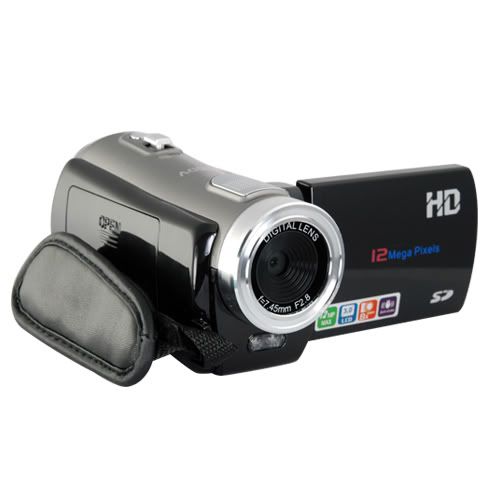Storyboarding
Graphic visualizing process (storyboarding) is when directors begin to think about bringing their ideas to life. Thinking about the story, character development and meaning.
Why are storyboards important?
Why are storyboards important?
- pitching an idea
- links planning to film process
- visualizing images and ideas
- visualize links between shots, action/graphic matches
- timings,continuity and pace
- technical awareness and understanding
- revise narrative sequences
- chance to make decisions and revise
Graphic Mask is a part of an editing process. Matching a graphic of a similar shape and size, and matching it to another one in another shot.
Cutting is linked with t.v soaps etc. This can be over used and lose detail, meaning and the tone of the scene. Therefore some directors don't cut too much and in fact use the camera to tell the story instead of editing more cuts in post production. This is to hold the verisimilitude and the audiences attention. Therefore creating a completely different feel and making it more of a movie or real life rather than just some edited t.v programme.
How to storyboard:
- photocopying a set of storyboards sheets
- use small frames
- draw in pencil
- number the shots
- make short notes
- note down the camera position
- little annotations on the storyboard with arrows
The storyboard is generally about already knowing what the scene is going to look like so it therefore is easier for the process.





